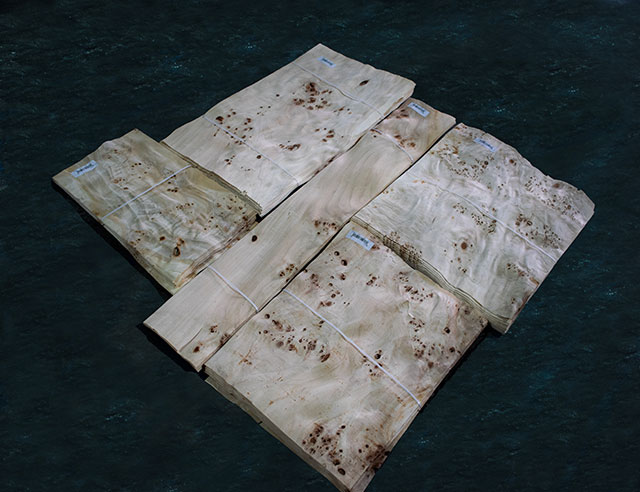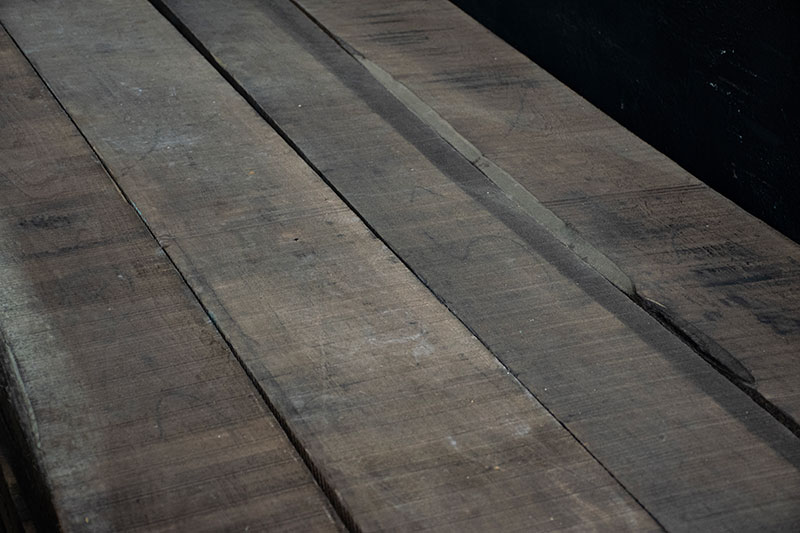Introduction to the types of wood used in veneer
Today, veneer uses different types of wood to create beautiful and diverse designs. From hard and durable woods such as sandalwood, oak, and mahogany trees as the main woods to soft and weak woods such as oak and cedar for use in veneers. These types of wood are selected according to their characteristics to create a quality and unique veneer. For example, sandalwood wood is very strong and is a good choice for veneers that require more resistance and durability. On the other hand, acacia wood is widely used for veneers with modern and stylish styles due to its beautiful and diverse designs. Ultimately, choosing the right wood for veneer depends on the taste and needs of each person and can add depth and beauty to the desired space.

Diverse uses of wood and veneers in various industries
In the world of industry and manufacturing, wood is used as one of the most important raw materials and is used in a variety of industries. From furniture manufacturing to the production of carpentry tools, wood has a special place. Also, veneer is one of the current technologies for preparing and beautifying wooden products. Various veneers such as laminate, wood veneer, and wood shell are used to protect and increase the durability of wooden products. In this introduction, we will examine the uses of wood and veneer in various industries and examine the importance of these two elements in creating quality and reliable products.
The latest trends and models of veneers for wood
Consumers are currently looking for veneers that not only enhance the beauty of wood but also protect it. There have been many changes in the wood veneer industry recently and new models have been introduced to the market. One of the most popular trends these days is the use of PVC coatings, which are known as an excellent option for those looking for a cost-effective and efficient coating due to their high hardness and resistance. Also, nano and UV coatings, which use advanced technologies to protect wood from UV light and various environmental factors, are also among the most popular coating models for wood. Considering recent events in this industry, we expect that the trends and models of coatings for wood will also experience interesting changes in the near future.

Introducing the latest trends and models of coatings for wood
In the world of the wood industry, the development and use of modern coatings to decorate and protect wooden surfaces has become one of the most important topics. The latest models and trends introduced in this field not only help to enhance the beauty and prevent damage to wooden surfaces, but also increase the useful life of the products. One of the newest methods is the use of highly flexible waterproof and scratch-resistant coatings, which, in addition to their aesthetic effect, help improve the durability of wood. Also, models that use modern coating methods such as digital coatings or 3D designs provide consumers with a wide range of design and appearance options. In general, paying more attention to the aesthetic and functional aspects of coatings helps to improve the quality and promote the wood industry.
Comparison of the advantages and disadvantages of different coatings on wood
Currently, the use of different coatings on wood is one of the most widely used methods to protect wood and increase its useful life. Various coatings such as paint, varnish, resin, wood veneers and other materials are used. Each of these methods has its own advantages and disadvantages that should be carefully examined. In general, paints and varnishes can easily control temperature and humidity and give the wood a more vibrant color and appeal. On the other hand, wood and resin coatings can provide a strong protective layer, but they are easily scratched and need to be replaced. Also, choosing the right coating should be based on the intended use of the wood, environmental factors, and the amount of maintenance. As a result, a careful comparison of the advantages and disadvantages of different coatings can help make a better and more correct choice for wood protection.